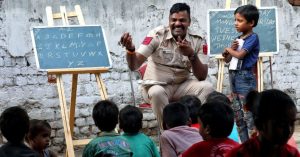Why Play? How India’s Children Can Learn Better With The National Curriculum Frameworks
The Better India speaks to Shankar Maruwada, CEO and Co-Founder of EkStep Foundation and member, National Steering Committee for the National Curriculum Frameworks, to gauge what India's policymakers have in store for its children.
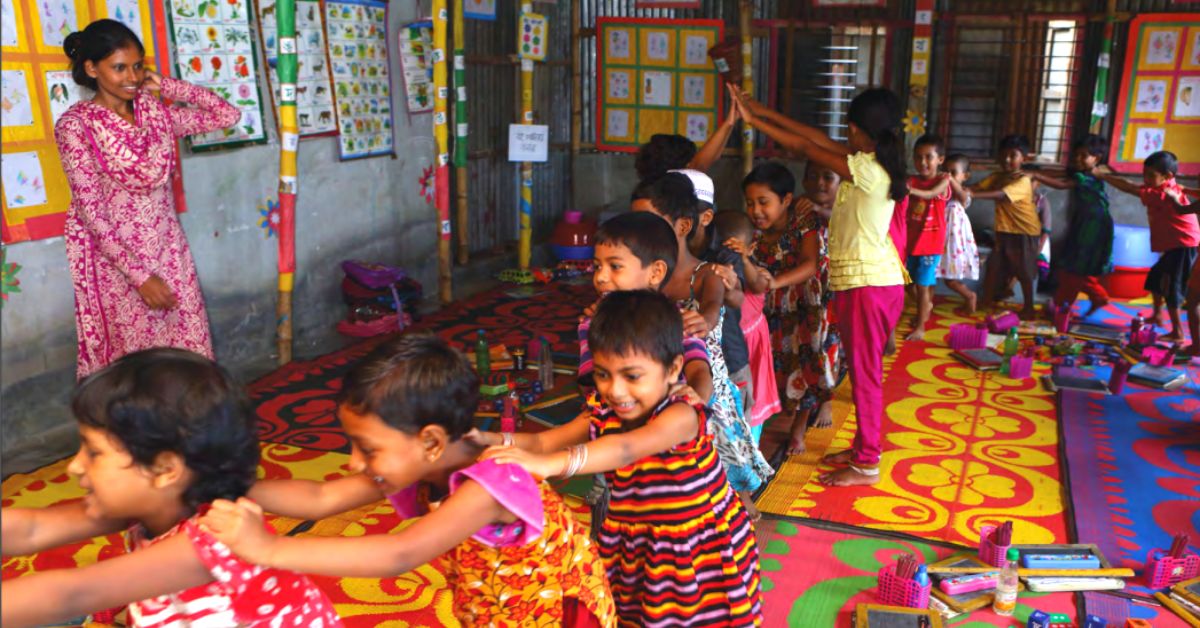
The National Curriculum Framework for Foundational Stage (NCF-FS), released in October this year, marks a paradigm shift in our understanding of education. It establishes a distinct framework for how India can implement one of the key features of the National Education Policy (NEP) 2020.
Before delving into any details about this framework, it’s important to understand the manner in which NEP is looking to reconfigure our school system.
Currently, we have a 10+2 curricular model of school education. NEP talks of switching that to four curricular stages — foundation, preparatory, middle and secondary.
Foundation refers to ages 3 to 8 (Class 1 and 2 and three years before that), and then you have ages 8-11 (Preparatory), 11-14 (Middle) and 14-18 (Secondary). So, from the current 10+2 system of school education, the NEP envisages moving to a 5+4+3+4.
To get a better understanding of NCF-FS and the impact it’s likely to have on future generations, The Better India spoke to Shankar Maruwada, CEO and Co-founder of EkStep Foundation, a non-profit dedicated to improving access to learning opportunities. He is also a member of the National Steering Committee appointed by the Government of India to develop the National Curriculum Frameworks.
“This is the first time, as a country, that we are creating a curriculum framework for the Foundational stage. That is one reason why this is a landmark document,” says Shankar.
But why is there such an emphasis on the Foundational stage?
This is driven by the deep and long-term implications that the first eight years of a child’s life have on their physical, cognitive and socio-emotional development. Neuroscience research tells us that about 85% of a person’s brain development happens by the age of 8. Thus, early childhood care and education (ECCE), which refers to care and education of children from the time they’re born to age 8, is of immense importance. Recognising this, many developed countries have invested heavily in ECCE.
Children between the age of 0 and 3 are cared for at home. Once they cross 3, children move into institutional settings like pre-school, kindergartens, nursery, Balvatikas and Anganwadi for their overall development until they turn 6, which is then followed by Class 1 and 2 in school.
Needless to say, it is difficult to overstate the importance of foundational stage education for children between the ages of 3 and 8. It’s the foundation that prepares children for formal education from Class 3 onwards and their life-long journey of learning. If the foundations are strong, the rest of the edifice can stand tall.
The NCF-FS prepared by a National Steering Committee led by former ISRO chief K Kasturirangan presents a detailed framework of how India can impart quality foundational stage education.
“Before the Standing Committee even came together, over 1.3 lakh teachers and educators were consulted. There were more than 1,550 district-level consultations. These resulted in more than 500 papers on 25 topics put together by 4,000 experts all over India. And then at the national level, 175 experts deliberated on these findings and came out with 25 papers, one on each topic. This was the wealth of material and experience put before the Steering Committee. The challenge was harmonising these inputs, making it coherent and balancing the multiplicity of views into one framework. That was an extremely challenging task,” notes Shankar.

Setting the framework
What is a curriculum? It’s the entirety of organised experiences students have in any institutional setting like a school, pre-school or Anganwadi centre directed towards educational goals.
“This includes learning and developmental goals, syllabi, content to be taught and learnt, pedagogical practices and assessment (exams), teaching-learning materials, school and classroom practices, the learning environment, culture of the institution and more,” noted Anurag Behar, member of the Mandate Group for NCF, in a recent column for The Mint.
Every state is supposed to develop its own curriculum. But what’s the national blueprint that states can follow so that we are working towards a collective national goal?
The NCF is laying down a framework which states can use to create their own curriculum. But how do they think about creating curricula? What should they think about when developing it?
A year ago, the Steering Committee began working in this regard to develop a national framework for this, which concluded with the release of the NCF-FS in October.
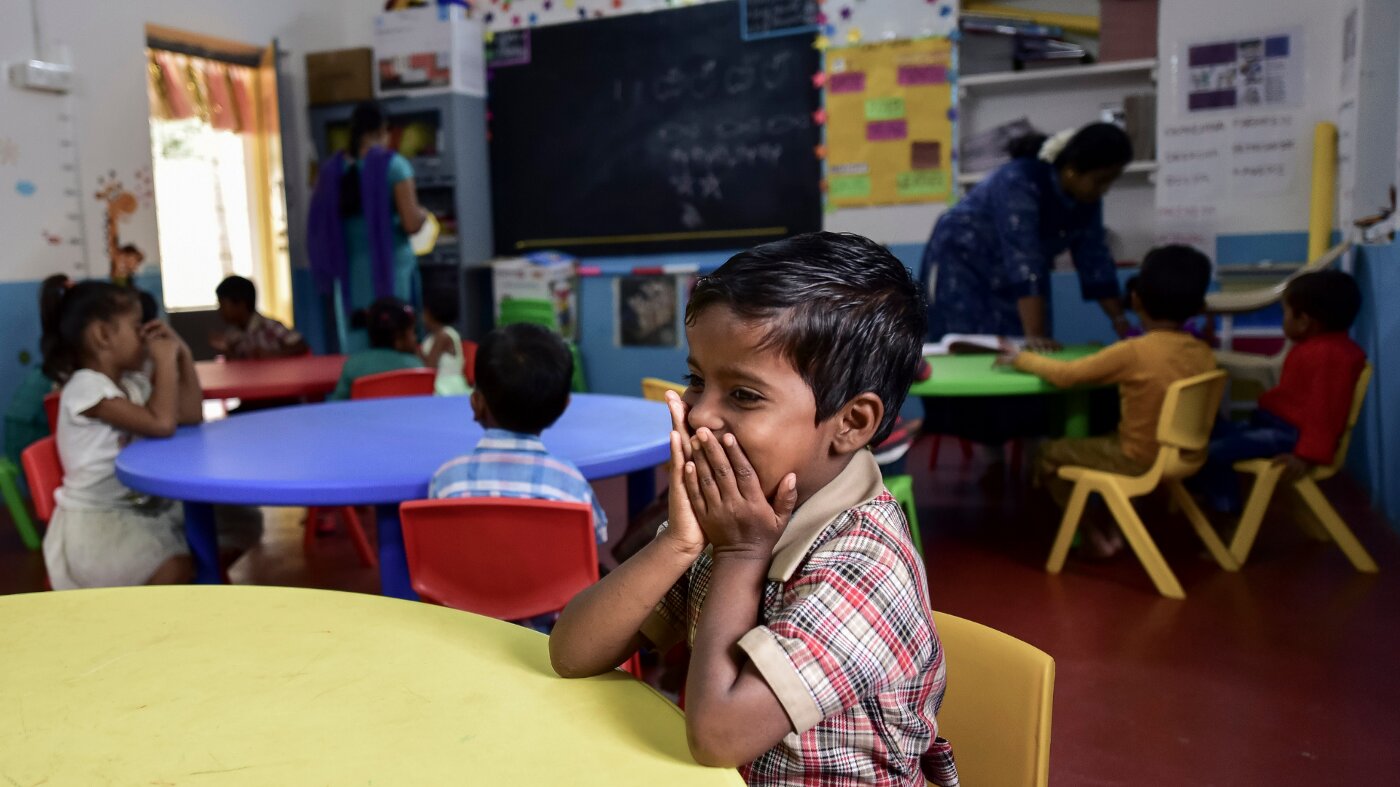
Play-based learning
Educationists note that at the heart of ECCE and the foundational stage is play-based learning, This stands in contrast to the more traditional system, which over time has forgotten the experience and activity aspects of learning.
“Based on science and what we know, and from a lot of experience, play is an important way for the child to learn. In this context, it is not just ‘playing’ as we know it. It includes singing songs, conversations, stories, music, puzzles, dancing, etc. It is what the child does naturally, or as we say, ‘play is child’s work’. When a child is playing, they are learning. This isn’t groundbreaking insight. The NCF-FS is legitimising what everybody knows instinctively,” says Shankar.
“Learning is not just when the child is sitting down in attention, writing something. In fact, between the age of 3 and 8, different children learn at different paces, and in different ways. It’s imperative not to force a particular style of learning. Let the child play! Whatever catches the attention of the child and is safe is good,” he adds.
Domains, curricular goals and learning outcomes
The NCF-FS articulates what are the curricular goals we are setting for our children. These are non-negotiable. In Hindi, we talk of padhai (studying) and poshan (nutrition).
“Padhai traditionally means studying, but if you change that to development and learning, the definition of the curricular goals expands to five domains of learning and development. These domains have been arrived at from science, NEP 2020 and Indian civilisational knowledge and traditions. The five key domains are physical and motor development, cognitive development, socio-emotional-ethical development, cultural/artistic development and development of communication and early language, literacy, and numeracy,” says Shankar.
Typically, language, literacy and maths is seen as padhai in the Indian context of rote learning, but as this framework emphasises, it’s much more than that. Against these five domains, NCF has listed 13 curriculum goals, with each being further broken into competencies, and each competency into illustrative learning outcomes.
“These illustrative learning outcomes are what a teacher or a parent can observe day to day. So, if these learning outcomes are achieved, you know that a child is making progress towards a competency. When the particular competency is achieved, you know that the child is making progress in the curriculum,” he explains.
“The NCF-FS sets the curricular goals. It lays out some competencies, learning outcomes to illustrate, but those are not prescriptive. The states and other autonomous educational bodies are free to change them provided there is a logic behind it, and it achieves the curricular goal.”
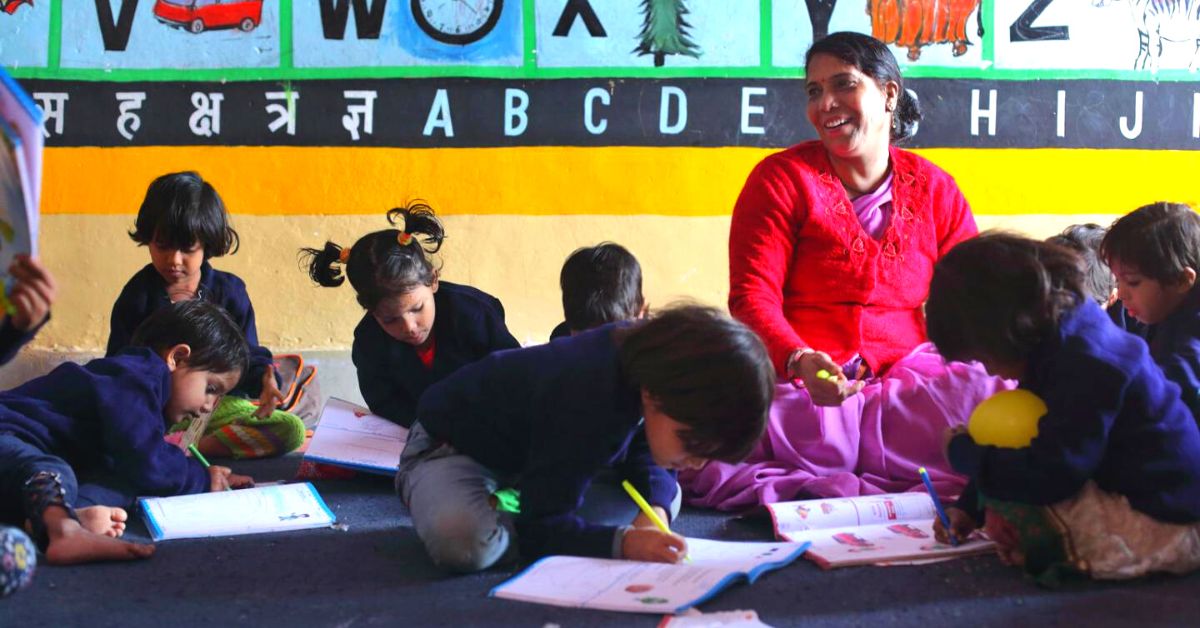
Learning at your own pace
We can delve further into these curricular goals, competencies and learning outcomes with some examples.
Under the domain of Language and Literacy Development, one of the curricular goals is that “children develop fluency in reading and writing in Language 1 (L1)”. Here, L1 refers to their language/mother tongue. Under this goal, a required competency is “reads short stories and comprehends their meaning — by identifying characters, storyline and what the author wants to say — on their own”.
What sort of learning outcomes is the NCF-FS expecting here?
Starting out, the child listens to “Read Alouds” and responds to the questions posed by the teacher or reads picture books and identifies objects and actions. By the age of 8, as it gets more sophisticated, the child is expected to do “independent reading” of books with more textual than visual content and identify characters, plots, sequences, and point of view of the author.
It’s imperative to understand that not all children will have a linear path to achieving the learning outcome of “independent reading” of books with more textual content than visual content. After all, between the ages of 3 and 8, every child has their own pathway towards learning. They will have their own peaks and valleys and take their own time in achieving these learning outcomes.
“By the age of 6, for example, one child may have achieved a certain learning outcome, but not reached the level of her peers. Teachers mustn’t judge one child as better, smarter, faster than the other. It’s only at the age of 8 that their learning paths start to converge,” says Shankar.
And the learning outcomes listed in the NCF-FS aren’t set in stone.
Some states may want their children to be able to listen and act out the emotions of the character or want them to listen and draw out what’s happening in a story.
“Suppose I read a story to a child. Now, I’ll ask the child to tell me the story from the perspective of not the main protagonist, but another character. I ask the child what this character is feeling at the end. When a child answers that question, there is a massive cognitive leap of comprehension, of relating to that particular character. Different children will come up with different interpretations,” he says.
“Let the child be curious, converse with them because a child learns through conversations. . At that point, the NCF-FS is telling teachers ‘Don’t judge the child’ for their varied interpretations. And more importantly, don’t try to achieve each curricular goal, learning outcome or competency separately. Sometimes, by telling a story through a conversation or playing a game, you can achieve a variety of different curricular goals and competencies,” he adds.
In this context, a key point NCF talks about is that autonomy should be given to the teacher to do what they think is right in that classroom context. The NCF-FS offers a detailed framework that teachers can lean on to do their work.
But why is this such a detailed document? “Because without the details, there is a high chance of misinterpretation and lack of understanding. This document is meant for academics, administrators and officials, but primarily the teacher,” notes Shankar.
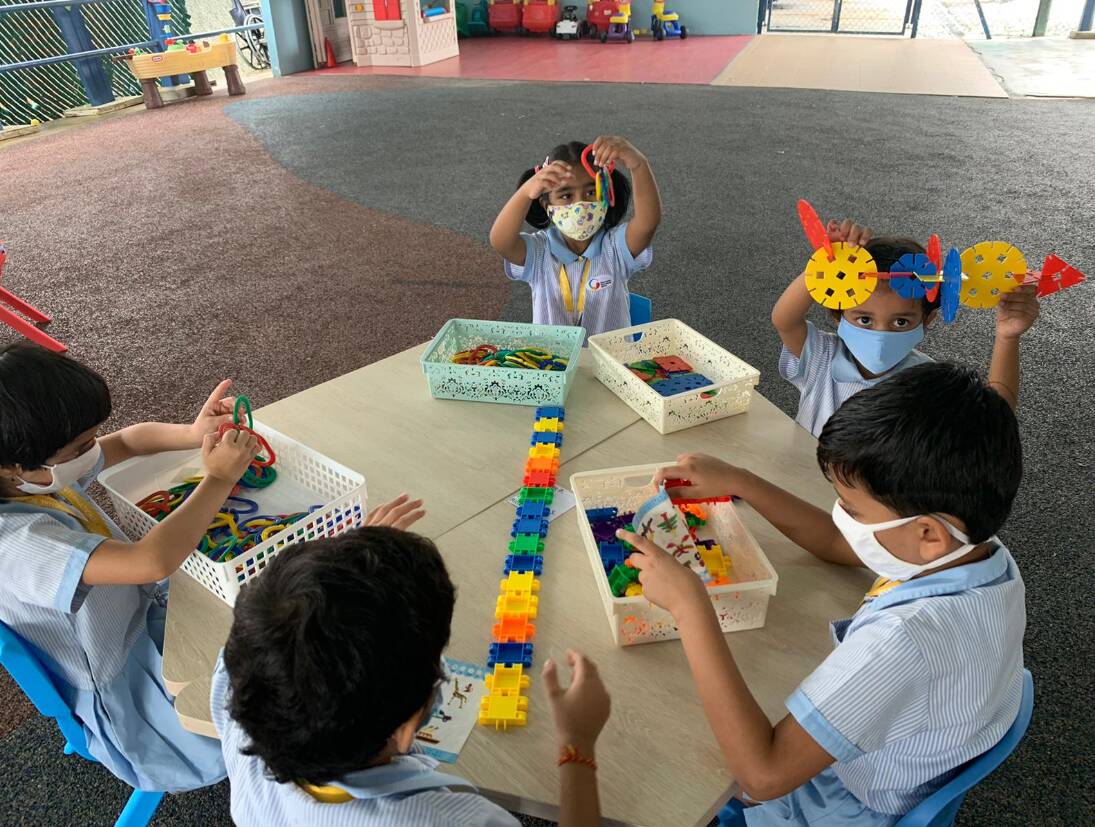
Primacy of mother tongue
The child has a mother tongue or a language spoken at home. According to NCF, it’s good if the child expresses in that language because at that age, they want the child to be able to express.
According to a 2022 report published in UNESCO, “Research shows that education in the mother tongue is a key factor for inclusion and quality learning, and it also improves learning outcomes and academic performance. This is crucial, especially in primary school to avoid knowledge gaps and increase the speed of learning and comprehension.”
“Early education is best provided in the language the child speaks at home. NCF calls upon educators, curriculum developers and teachers to structure the child’s learning experience in her home language. A child at the age 3 learns the language spoken at home. She is just about starting to express herself. At this stage, it’s more important for her to be able to communicate than learn a language. Our framework presents a pathway on how a child can communicate better, and science says the best way is to learn in their mother tongue,” says Shankar.
Any rejection of the child’s mother tongue in a classroom setting could prove very detrimental to her confidence. But how do you implement this recommendation, particularly in major urban centres that are home to a variety of languages and social and cultural contexts?
“Teachers have to get creative. In a practical situation, there will be a child in the classroom who knows more than one language. They can take assistance from that child to understand what her classmate is saying. In that situation, there is a natural way of handling it,” says Shankar.
“The NCF-FS is not prescribing it because every context is different. There is also technology which can translate simple sentences. But more importantly, the teacher has to put in that effort to actually communicate with children. They must leverage every resource around them, including the community. And the teacher in a classroom isn’t the only person who can impart learning. You have parents, community elders and people from different walks of life like a local farmer who can take them out on field trips to explain how they grow their crops or the local policeman or blacksmith,” he adds.
Assessing children
What should be the guiding principle for assessing a child’s progress between the ages of 3 and 8? According to the NCF, assessment should not contribute to any additional burden for the child, should not overly burden the teacher and care must be taken not to label the child.
“Every child is unique. Our advice to teachers is to give each child individual care and attention and keep observing what they’re seeing. The idea is to work with that child in that way,” he says.

No textbooks up to Class 1
NCF has suggested that textbooks should act as work books to give opportunities for children to work on their own and record their work. The vital distinction is textbooks versus books.
“The NCF-FS is clearly saying no textbooks till Class 1. But books, yes — picture books, story books, activity books, worksheets, etc. Worksheets in particular have been highlighted as a necessary tool for both teachers and children in the NCF-FS. For example, in the worksheet, there is an outline of a cat and the child is tasked with painting within the lines. On page 1 of the worksheet, the child may paint outside a line a little. By page 20, there is an outline of another animal. But in this painting, the child has coloured entirely within the lines. Thus, over a period of time, a teacher can assess whether a child’s dexterity has improved by seeing whether she can colour within the lines in their worksheet. Therefore, the workbook also becomes a record of the child’s progress without making it look like a formal examination,” he explains.
It’s important to go beyond textbooks and employ a variety of teaching learning material (TLM). The idea is to make the process of learning natural. “If a child is interested in a toy, that is the TLM for the day. Similarly, if a child has picked up a leaf or somebody has brought a toothpaste cap to the class, that item becomes a TLM. If somebody is singing a Hindi film song and heard it the previous day, that is also a teaching learning material. Do not be constrained by textbooks and only books. That is an important direction that NCF talks about,” he adds.
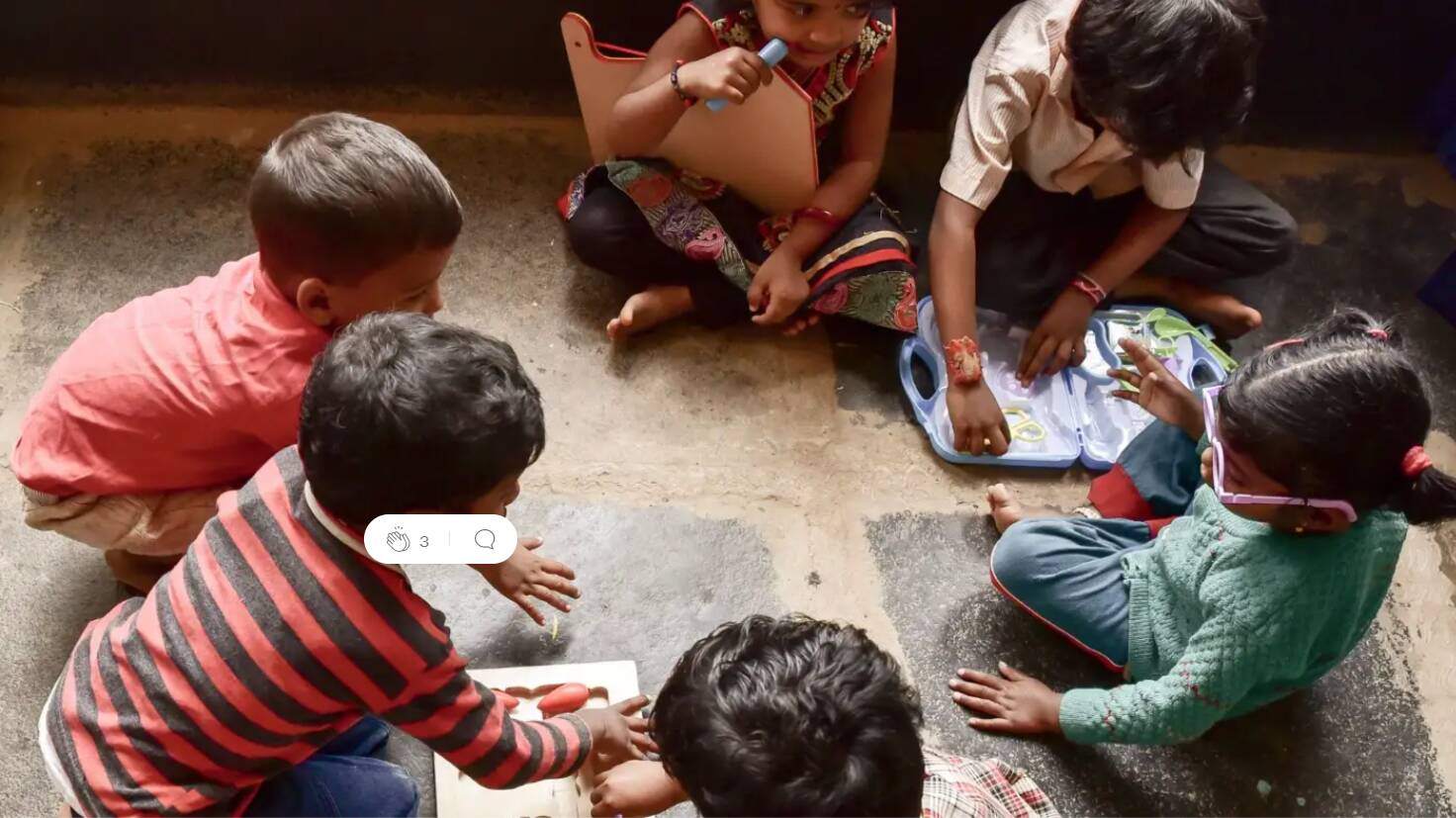
Care, love and roadmap ahead
“At the very core, if children receive care and love, they will learn. If nothing else, teachers should be caring human beings. They must provide a safe environment. For this new framework being built, it’s important to understand children. Don’t look at them from the lens of an adult. Look at it from the lens of a child. There are three kinds of teachers. The first is the parent. The second, most important teacher is the one in class. The third teacher is the environment in the classroom or where the child resides,” he says.
Before implementing this model of foundational education, however, it’s important for stakeholders across India to attain what Shankar calls ‘NCF literacy’.
Stakeholders like teachers, school administrators and officials in autonomous school boards must understand the letter and spirit of NCF, and what states can take away from it. He reckons that it will take up to 3-5 years for the states and autonomous bodies to fully implement NCF, train their teachers, design a syllabus and TLM based on this new model. There is still some way to go. If you found our stories insightful, informative, or even just enjoyable, we invite you to consider making a voluntary payment to support the work we do at The Better India. Your contribution helps us continue producing quality content that educates, inspires, and drives positive change. Choose one of the payment options below for your contribution- By paying for the stories you value, you directly contribute to sustaining our efforts focused on making a difference in the world. Together, let’s ensure that impactful stories continue to be told and shared, enriching lives and communities alike. Thank you for your support. Here are some frequently asked questions you might find helpful to know why you are contributing?

(Edited by Divya Sethu)
(Feature Image courtesy UNICEF/UN05810/Kiron. Other images courtesy Medium/Swetha Guhan, UNICEF, Global Indian School Blog and Pixabay)
This story made me
-
97
-
121
-
89
-
167




